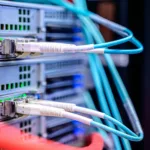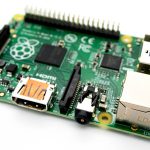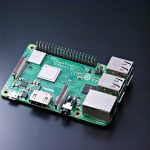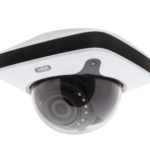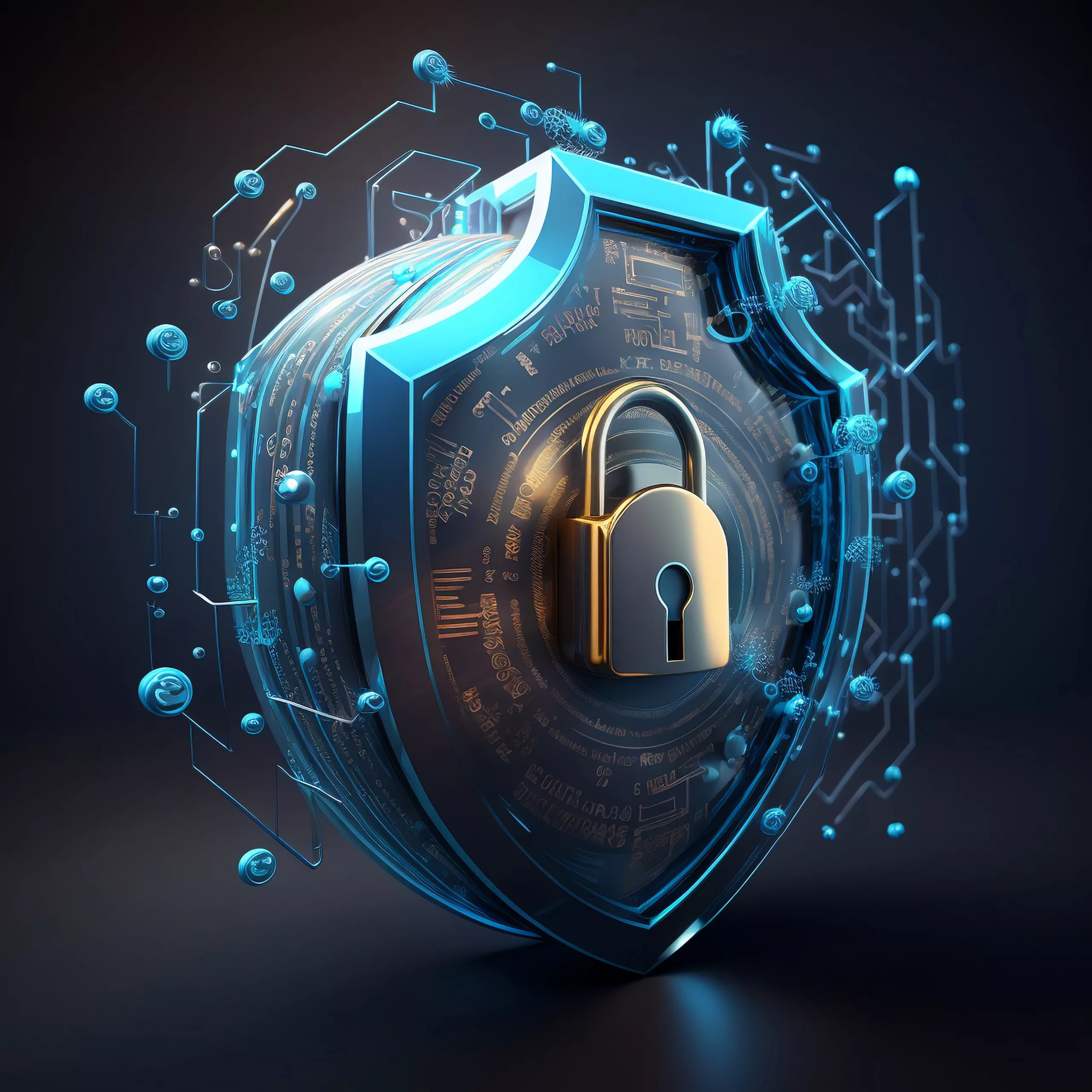
Introduction
Energy security is crucial to ensuring the smooth functioning and reliability of the Internet of Things (IoT). However, with the rapid expansion of the IoT ecosystem, ensuring energy security has become a critical concern. With billions of interconnected IoT devices reliant on energy sources, addressing the challenges associated with energy consumption and securing the IoT landscape is imperative. This article explores the significance of energy security for IoT and discusses key considerations and strategies to secure IoT.
Energy Security and Secure IoT: The Significance
Energy security, vital for countries and regions, refers to the availability of uninterrupted energy resources at a reasonable price. It involves the ability of a nation or region for energy needs reliably and sustainably while minimising vulnerability to potential disruptions in supply or price shocks. Additionally, energy security is pivotal in economic development, national security, and the overall well-being of societies.
Secure IoT ensures data privacy, device integrity, network security, safety, user trust, and regulation compliance. It safeguards bespoke aspects in various domains like healthcare, transportation, smart homes, and industrial automation. Ultimately, secure IoT promotes the widespread adoption and realisation of the transformative potential of connected technologies.
Energy Security for IoT: Challenges and Vulnerabilities
There are several challenges and vulnerabilities associated with energy security in IoT. Some of them include:
- Cybersecurity Risks – Energy security is closely connected with cybersecurity. IoT devices, if compromised, can be used as entry points for unauthorised access to critical systems. Such entry points can pose serious threats, leading to potential disruption, data breaches, or physical harm. Energy systems connected to the IoT must be protected from such malicious attacks.
- Environmental Considerations – Energy security for IoT should also consider environmental sustainability. As IoT devices proliferate, the energy demand will increase, potentially straining existing energy resources and contributing to carbon emissions. Balancing energy needs with environmental concerns is essential for long-term energy security.
- Power Dependence – IoT devices are power-hungry, especially those involved in data-intensive operations and real-time monitoring. Disruption in the power supply can lead to the loss of connectivity and functionality of IoT devices. These high energy demands put a strain on existing power grids and necessitate the deployment of more energy resources.
- Battery Life – Many IoT devices rely on batteries for their energy needs. Ensuring extended battery life becomes challenging, particularly for devices deployed in remote areas or inaccessible locations. Frequent battery replacements can be costly and impractical, posing a challenge in ensuring uninterrupted operation.
- Scalability – IoT networks can encompass many devices in a small-scale deployment to millions of large-scale applications. Managing the energy requirements of such a large and diverse network can be complex and challenging.
Mitigating Energy Security Risks in IoT
To mitigate the risk associated with energy IoT security, various advanced systems are required to ensure the proper monitoring, detection, and prevention of several cyber threats. Some of these strategies include:
- Robust Cybersecurity Measures: Implementing robust security measures such as encryption, authentication protocols, and regular software updates can help safeguard IoT devices from cyber threats. Regular vulnerability assessments and penetration testing should be conducted to identify and address potential vulnerabilities.
- Energy-Efficient Designs: IoT devices should be designed to minimize energy consumption without compromising functionality. This includes optimising hardware components, utilizing low-power wireless technologies, and implementing efficient data transmission protocols.
- Energy Harvesting: Exploring energy harvesting technologies such as solar, kinetic, or thermal energy can provide sustainable power sources for IoT devices. Battery life can be extended by leveraging ambient energy, reducing the need for frequent replacements.
- Distributed Energy Generation: Promoting decentralised energy generation can enhance IoT energy security. Microgrids and local energy sources enable the reliable power supply to IoT devices, reducing dependence on centralised grids, thus mitigating the risks associated with single failure points.
- Collaboration and Standards: Stakeholders, including governments, industries, and researchers, should collaborate to develop energy security standards for IoT devices. These standards should address energy efficiency, interoperability, and cybersecurity to ensure a harmonised and secure IoT ecosystem.
Concluding Remarks and Recommendations
Energy security is critical to the continued growth and success of the Internet of Things. Secure IoT protects IoT systems, devices, and the generated data from unauthorised access, misuse, and other potential security threats. Addressing the challenges associated with energy consumption and implementing robust measures is crucial. A concerted effort from all stakeholders is necessary to develop energy-efficient designs, explore sustainable energy sources, and enhance cybersecurity protocols. By ensuring energy security, it is possible to unlock the full potential of IoT and build a resilient and efficient connected future.







